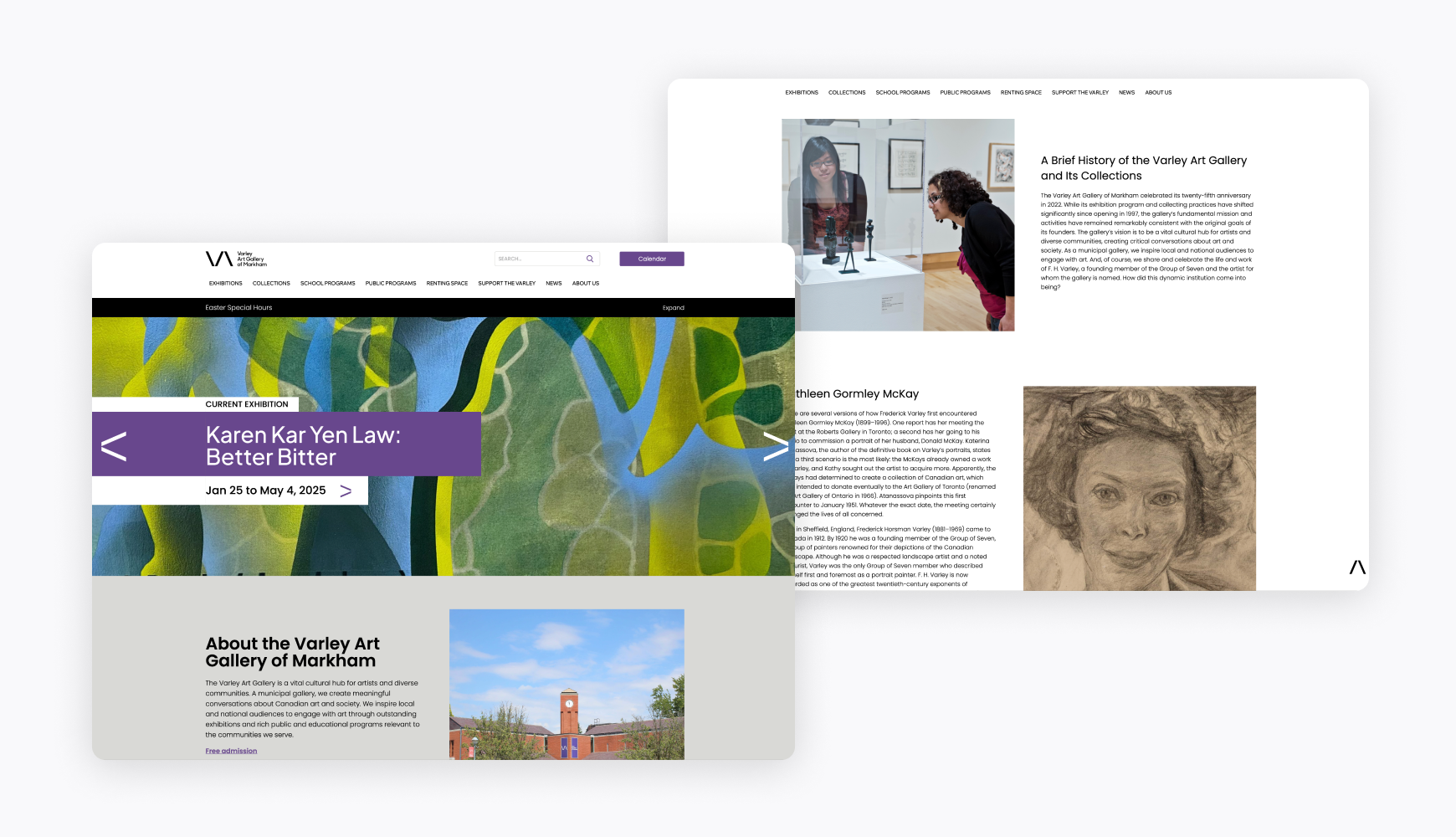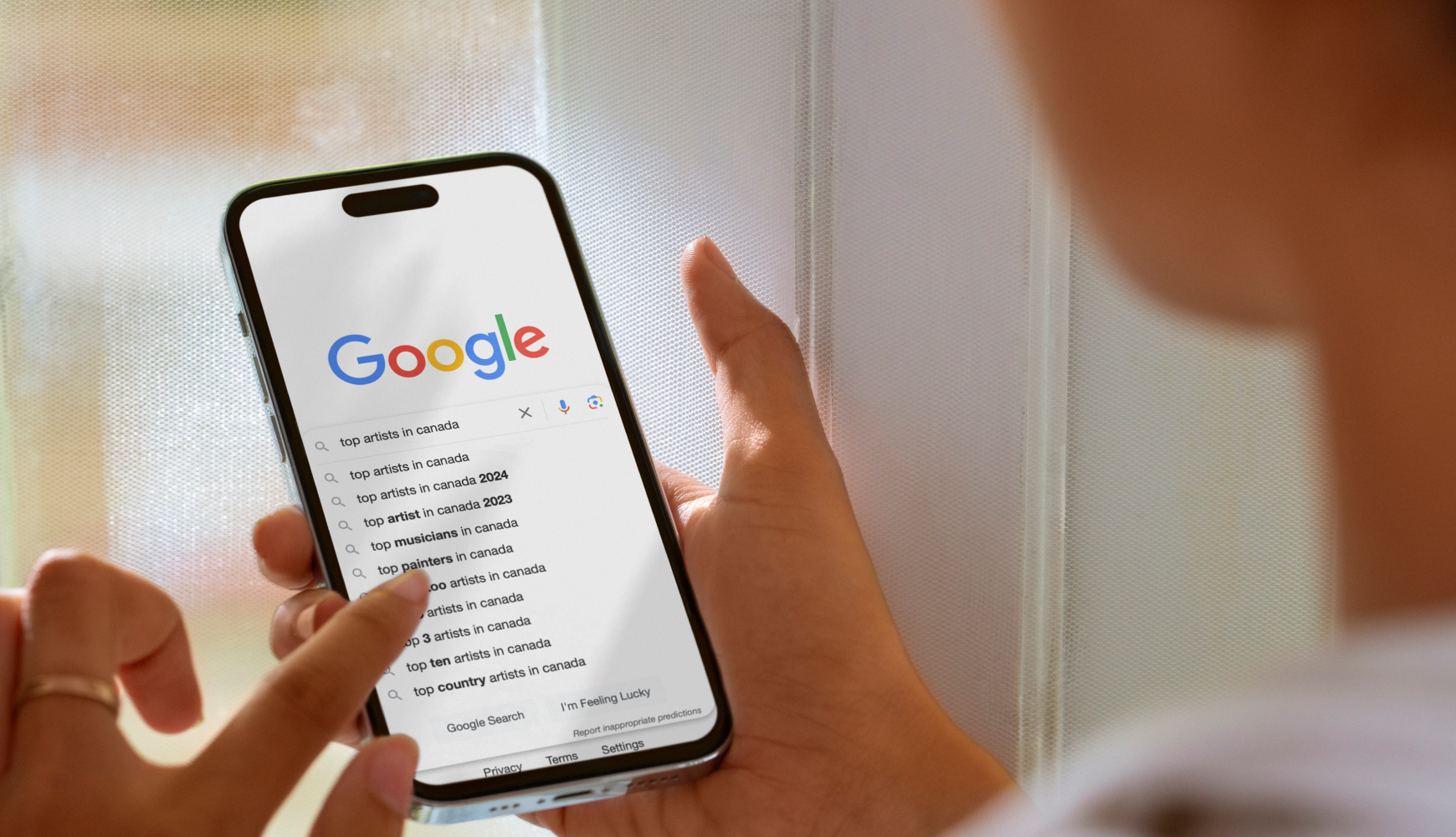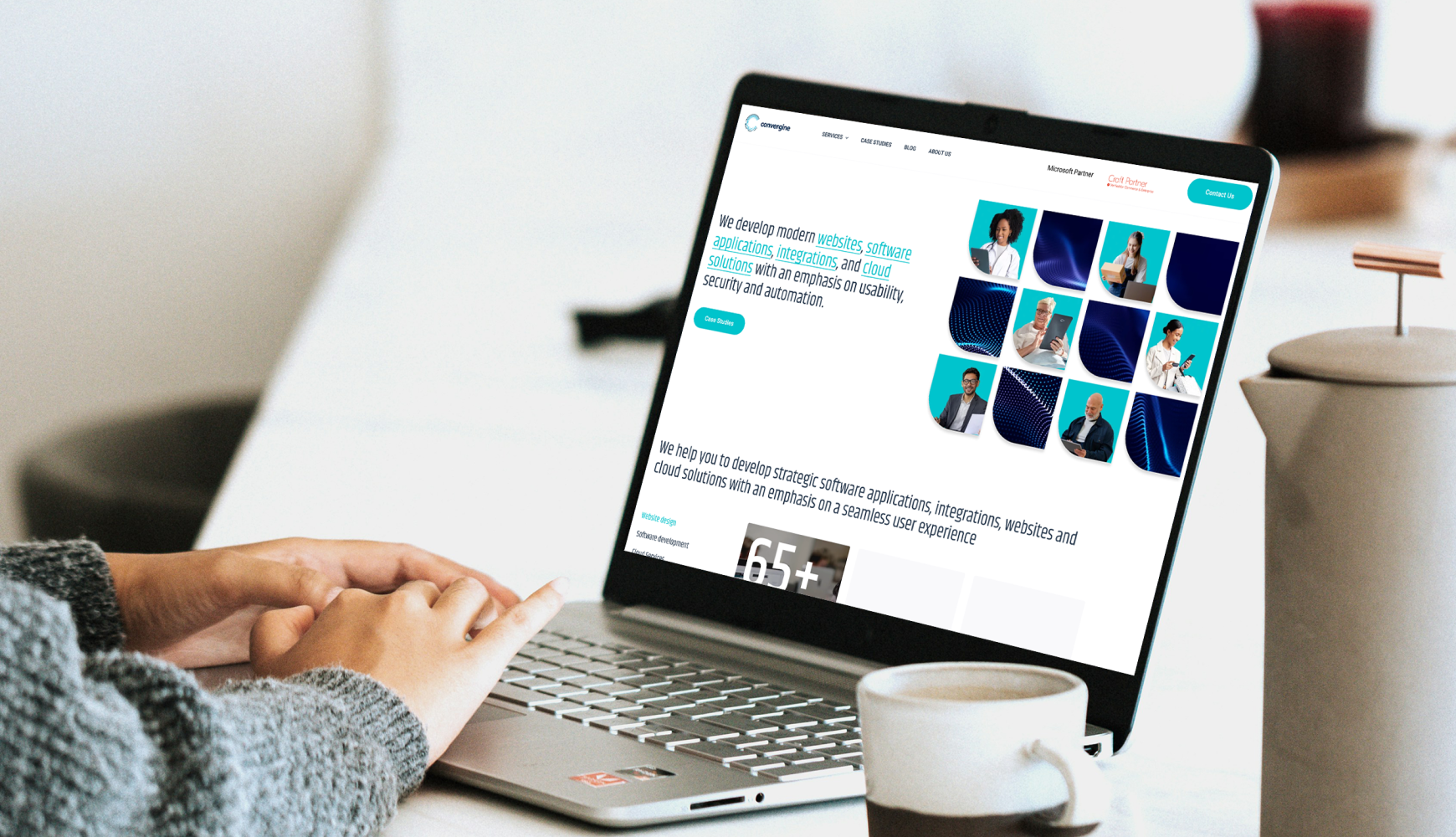
Artists should have their own website because it gives them full control over presentation, creates a strong professional impression, showcases a purposeful portfolio, supports growth with practical tools, provides stability beyond social media, improves search visibility, and offers space for storytelling and context.
Art is meant to be seen, experienced, and remembered. But when it’s buried in an Instagram feed or scattered across platforms, it loses the impact it deserves. Relying solely on social media or online marketplaces may seem convenient, but it often limits how work is displayed, discovered, and valued.
A dedicated website is more than a place to upload images. Rather, it’s a controlled environment where artists can present their work in a professional, organized, and lasting way. For those building a long-term creative career—whether full-time or freelance—a website is a practical investment that pays off in credibility, visibility, and opportunities.
Understanding why artists should have their own website starts with how it redefines control and presentation.
7 Compelling Reasons Why Artists Should Have Their Own Website
1. Full Control Over Presentation
On a personal site, everything from layout to typography is intentional. There are no limitations from algorithms or platform templates. Artists decide how their work is grouped, viewed, and experienced.
This makes space for:
- Curated galleries without compression
- Custom branding that reflects the artist’s identity
- Navigation that leads visitors through the work thoughtfully
Control over presentation means the ability to create a consistent and immersive experience. It allows the work to be seen exactly as intended—without cropping, compression, or distraction—and presents a cohesive visual identity that can’t be replicated on third-party platforms.
Once control is established, the next reason why artists should have their own website focuses on how that control translates into professional credibility.
2. A Professional First Impression

Most people begin their research with a quick online search. A structured, visually cohesive site builds trust and creates a strong first impression. It shows the artist takes their work—and how it's presented—seriously.
Professional impact comes from:
- A branded domain name
- Easy-to-navigate structure
- Consistent visual language
A website signals to curators, clients, and collaborators that the artist is established, reliable, and prepared to work on a professional level. It’s often the deciding factor in whether someone moves forward with a conversation or walks away.
With credibility in place, the next part of understanding why artists should have their own website is how a portfolio can be designed to work with intention.
3. A Portfolio That’s Designed With Purpose
A personal website allows for custom categorization, clear descriptions, and thoughtful sequencing. Visitors can explore the work in a way that reveals process, depth, and progression—not just a random collection of posts.
Useful features include:
- Series or medium-based filtering
- Dedicated project pages
- Support for images, video, or interactive media
Designing a portfolio with intent helps others fully grasp the scope and depth of an artist's work. It becomes easier to identify recurring themes, stylistic evolution, or technical skill—something that gets lost in a stream of disconnected posts.
A focused portfolio helps people connect with the work—but practical tools make it easier to act. That’s where the next reason why artists should have their own website comes in.
4. Functional Tools That Support Growth
Beyond showing work, websites help people get in touch, commission, or purchase. These tools turn interest into action—without leaving the platform or jumping through hoops.
Functional additions might include:
- Inquiry or booking forms
- Simple e-commerce options
- Service pages or commission breakdowns
Having practical tools on a website means less time managing inquiries through DMs or chasing leads across multiple platforms. It creates a direct and efficient way to turn attention into outcomes—whether that’s a sale, a commission, or a booked collaboration.
Supporting growth also means reducing reliance on changing platforms. The next point in understanding why artists should have their own website is about long-term stability.
5. Stability Outside Social Platforms
Platforms change policies. Algorithms shift. Content can become invisible overnight. A personal website stays consistent and accessible. It’s fully owned, not rented space.
That means:
- No unexpected loss of visibility
- Full ownership of content and layout
- Longevity beyond platform trends
Relying solely on external platforms puts long-term visibility at risk. A website gives artists the ability to maintain control over their work and reach, no matter what happens to social networks or third-party tools.
A stable space is valuable, but it’s also important that people can actually find it. That’s the next answer to why artists should have their own website—search visibility.
6. Visibility Through Search Engines

Unlike social media content, websites can be optimized for search engines, making it easier for the right people to discover an artist’s work. With structured pages, relevant keywords, and metadata in place, a website becomes more than a destination—it becomes a discoverable entry point.
Benefits include:
- Organic traffic from people searching by medium, style, or location
- Indexed content that remains accessible long-term
- Increased chances of appearing in press features, online galleries, or recommendation engines
Being searchable adds a layer of discoverability that social platforms simply can’t offer. A well-structured website allows work to surface in the moments when others are actively looking—not just when it happens to show up in a feed.
Once people find the work, keeping their attention and building interest means offering more than just images. The final reason why artists should have their own website focuses on depth—sharing the story behind the work.
7. Space for Storytelling and Context
Art isn't always self-explanatory. A website offers the flexibility to include context—through artist statements, blog posts, testimonials, or process documentation—that deepens engagement and helps others connect with the intent behind the work.
Storytelling elements may include:
- Project descriptions or personal reflections
- Background on technique or materials
- Milestones like exhibitions or collaborations
The ability to add layers of meaning gives the work greater impact. It helps build a stronger connection with viewers, collectors, or curators by providing the kind of insight that supports appreciation and trust.
Conclusion: A Professional Foundation That Grows With the Artist
There are many reasons why artists should have their own website, but the most compelling is this: a website offers structure, stability, and freedom. It serves as a central hub that’s consistent, professional, and entirely under the artist’s control—something no third-party platform can offer.
Social media can complement an artist’s journey, but a dedicated website anchors their creative practice in a space built for long-term growth, clear communication, and meaningful exposure. For artists building a career or expanding their presence, having a personal website is essential—not optional.
Ready to Take the Work More Seriously Online?

Artists put a lot into their work—time, skill, and vision. A website should respect that. It should show the work clearly, make it easy to explore, and open the door to new opportunities. That’s what we build.
If the current setup feels limiting, or if it’s time for something more professional, let’s have a conversation.
Book a free consultation—no pressure, just a chance to see what’s possible and what would actually make a difference.










